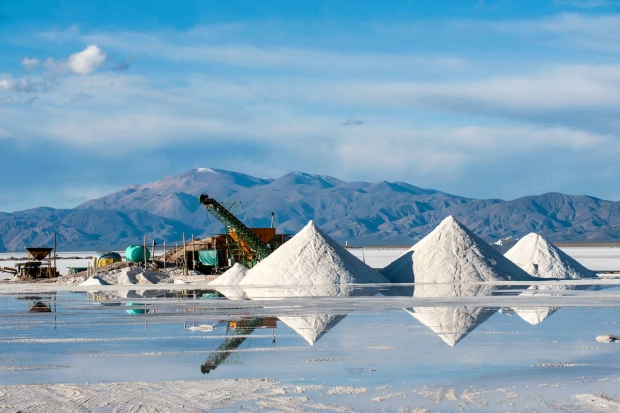The deal is pretty important in plans to stave off climate change by electrification using Lithium-ion batteries. To do this the world needs shedloads of lithium, and the overwhelming majority of lithium in today's batteries comes from Australia, Chile, China, and Argentina. But the American southwest has huge stores of lithium as well.
General Motors is hoping that a CTR mine in the Salton Sea can supply "a significant portion" of the lithium needed for its electric cars. It's a step toward GM's first-in-the-nation commitment to phasing gasoline-powered cars out of its production line by 2035 -- CTR is slated to start delivering lithium to the company by 2024, at which point the company will be well-poised to achieve this goal.
Ironically, mining is environmentally destructive and the Salton Sea is one of the most polluted places on the planet due to decades of agricultural runoff. Environmentalists there worry that if the lake continues to dry up, toxic dust on its floor could go airborne and pollute the air between Phoenix and Los Angeles.
The lake is understood to hold one of the nation's largest lithium brine stores, capable of supplying up to 40 percent of global demand for the mineral, according to the California Energy Commission (CEC).CTR claims its production process is self-contained and environmentally sound, as it plans to use renewable energy to extract the mineral.
But this means ramping up mining in one of the state's most polluted counties -- where 85 percent of residents are Hispanic or Latino and 22 per cent live under the poverty line -- feels risky to environmental justice organizers like Miguel Hernandez, communications coordinator at Comite Civico del Valle. Hernandez hopes to see producers and local legislators make an effort to inform residents about the possible, yet-mostly-unknown health effects of lithium mining, which is water-intensive and produces a fair amount of mineral waste.

